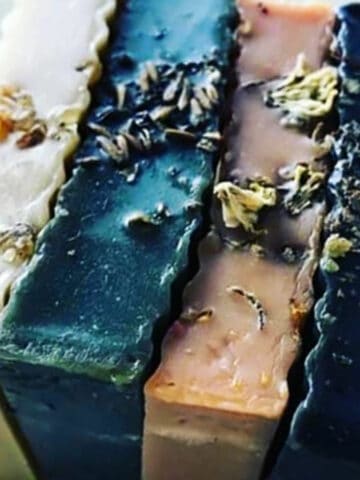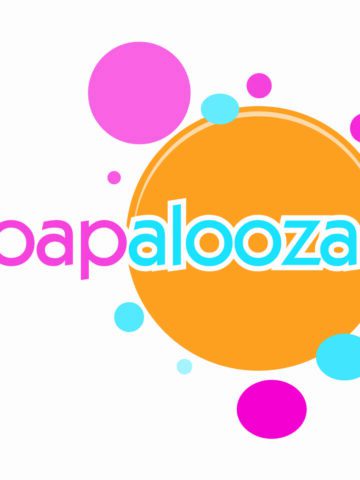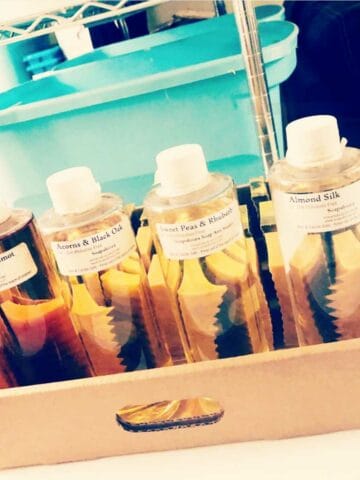federal food drug and cosmetic act
Cold Process Herbal Soap
I have noticed a LOT of new soapmakers have been overlooking a basic requirement in our profession. Or maybe they just are unaware. We can not make drug claims with our products. There is NO WAY to skirt around this. The FDA is very very clear on this. This also means you can not use historical or anecdotal references to hint that your product will cure a problem that a customer has. Please review this important document published by the FDA: Is it a Cosmetic, A Drug, Or Both (Or is it Soap?)
How does the law define a cosmetic?
The Federal Food, Drug, and Cosmetic Act (FD&C Act) defines cosmetics by their intended use, as “articles intended to be rubbed, poured, sprinkled, or sprayed on, introduced into, or otherwise applied to the human body…for cleansing, beautifying, promoting attractiveness, or altering the appearance” [FD&C Act, sec. 201(i)]. Among the products included in this definition are skin moisturizers, perfumes, lipsticks, fingernail polishes, eye and facial makeup preparations, cleansing shampoos, permanent waves, hair colors, and deodorants, as well as any substance intended for use as a component of a cosmetic product.
How does the law define a drug?
The FD&C Act defines drugs, in part, by their intended use, as “articles intended for use in the diagnosis, cure, mitigation, treatment, or prevention of disease” and “articles (other than food) intended to affect the structure or any function of the body of man or other animals” [FD&C Act, sec. 201(g)(1)].
And what if it’s “soap”?
Soap is a category that needs special explanation. That’s because the regulatory definition of “soap” is different from the way in which people commonly use the word. Products that meet the definition of “soap” are exempt from the provisions of the FD&C Act because—even though Section 201(i)(1) of the act includes “articles…for cleansing” in the definition of a cosmetic—Section 201(i)(2) excludes soap from the definition of a cosmetic.
How is a product’s intended use established?
Intended use may be established in a number of ways. The following are some examples:
- Claims stated on the product labeling, in advertising, on the Internet, or in other promotional materials. Certain claims may cause a product to be considered a drug, even if the product is marketed as if it were a cosmetic. Such claims establish the product as a drug because the intended use is to treat or prevent disease or otherwise affect the structure or functions of the human body. Some examples are claims that products will restore hair growth, reduce cellulite, treat varicose veins, increase or decrease the production of melanin (pigment) in the skin, or regenerate cells.
- Consumer perception, which may be established through the product’s reputation. This means asking why the consumer is buying it and what the consumer expects it to do.
- Ingredients that cause a product to be considered a drug because they have a well-known (to the public and industry) therapeutic use. An example is fluoride in toothpaste.
This principle also holds true for “essential oils.” For example, a fragrance marketed for promoting attractiveness is a cosmetic. But a fragrance marketed with certain “aromatherapy” claims, such as assertions that the scent will help the consumer sleep or quit smoking, meets the definition of a drug because of its intended use. Similarly, a massage oil that is simply intended to lubricate the skin and impart fragrance is a cosmetic, but if the product is intended for a therapeutic use, such as relieving muscle pain, it’s a drug.
How labeling requirements are different
A cosmetic product must be labeled according to cosmetic labeling regulations. See the Cosmetic Labeling Manual for guidance on cosmetic labeling and links to the regulations related to cosmetic labeling. OTC drugs must be labeled according to OTC drug regulations, including the “Drug Facts” labeling, as described in 21 CFR 201.66 Combination OTC drug/cosmetic products must have combination OTC drug/cosmetic labeling. For example, the drug ingredients must be listed alphabetically as “Active Ingredients,” followed by cosmetic ingredients, listed in descending order of predominance as “Inactive Ingredients.”
Be sure and read over this FDA guidance. It is quite illuminating. I used to publish this information every few months when I ran Southern Soapers, but with me taking time out during my divorce as well as Yahoo forums pretty much falling by the wayside, I just assumed every knew this information now. I am seeing so many new soap makers on Facebook though, that I realized this is totally NEW information for MANY newcomers to our industry. I am sure our current economic phase of the last 4 years has increased our ranks also, as soapmaking is not only FUN, it is lucrative. It is also something a mom with several children can do to supplement the family income without incurring a daycare bill. I ran my soapmaking business for 15 years while traveling behind a Military Officer and raising 5 children. It gave me a sense of purpose, fulfillment, and independence besides being a source of income.
Our industry is amazingly free of regulations compared to many other industries, including the Food and Drug categories of the FDA. We are very fortunate to have experienced, veteran soap and cosmetics formulators that have trail blazed ahead the past 10 – 20 years. But, it is also very important that we work within the regulations we do have, in order to warrant remaining as self regulatory as possible.
While we may not like various limitations, it behooves us to work to stay within our boundaries. It is easy to color outside the lines sometimes though, because many of us are in this industry because we experienced the benefits to ourselves or our family when using natural soap, cosmetics, etc. But, we just simply can not build our business on the claims that our products will cure, heal, or solve physical problems to the body.If you are making and selling soap, you then sell soap. It CLEANS, IT LATHERS, It Smells good.
That is the goal of a soapmaker. Beautiful soap that cleanses, lathers, smells good, and holds up for good value under water/usage. Unless you have your soap tested for healing claims, unless you have your lotions tested for skin healing claims, making them turns your soap or cosmetics into a drug and you into a drug dealer. Extreme sounding I know, but that is it in a nutshell.
Next week I will begin reposting many of the educational materials I used to share with soap and cosmetics formulators when I owned the Southern Soapers forums and business. All those materials will be rebranded to the new Soapalooza brand. I hope they will be as helpful to the new soapmakers in our industry as they were to soapmakers 4 and 5 years ago.
Kelly Bloom is the owner and Chief Excitement Officer at Soapalooza Soap Arts Studio, located in Williamsburg, VA. She is a former Science Education teacher, and the founder of Southern Soapers. Soapalooza sells Kelly’s formerly Southern Soapers branded fragrance oils now under the Soapalooza brand. Kelly is a 20 year veteran soapmaker and soap business owner, supplying wholesale soap for private label as well as back bar products for local boutique spas.
Good Luck, and Safe Soapmaking from Soapalooza Soap Arts Studio, where soapmaking is an Art, an Adventure, and a Passion!
Kelly, Chief Excitement Officer at Soapalooza!
PS: We would LOVE to connect with your at our Facebook Soapalooza Fan Page We also have a Facebook Soapmaking Group called Soapalooza Soap Arts Studio, and we share lots of information there! We would love for you to join us!




Leave a Reply